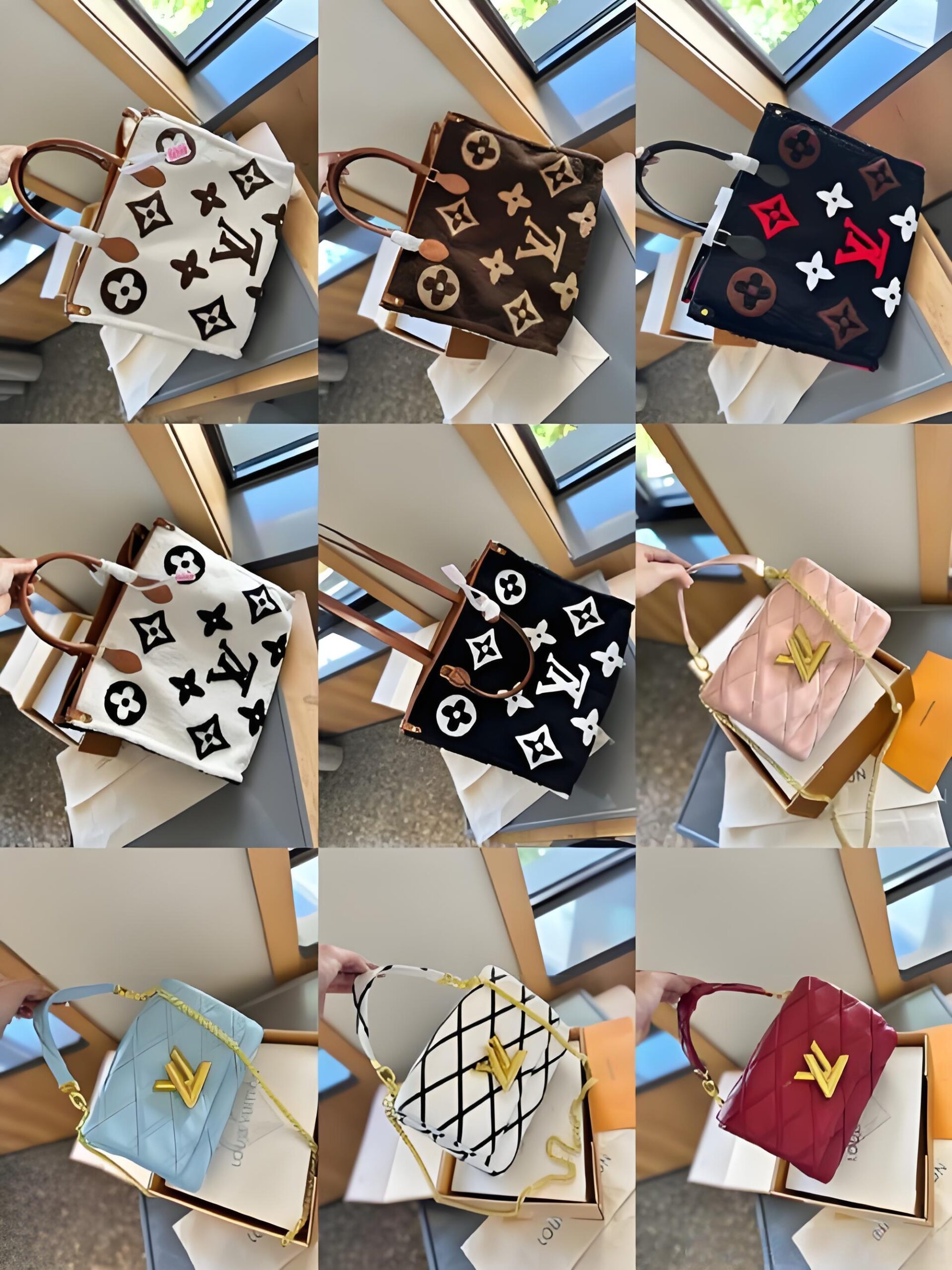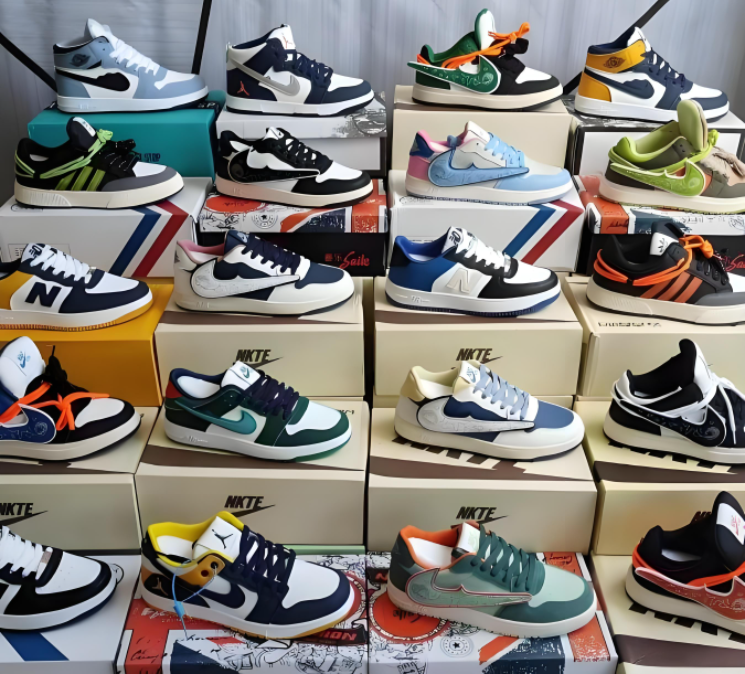Because of a happy duck, Disney pioneered a business model, with Mickey Mouse and Donald’s selling $70 billion in 2019, ranking fourth in the global IP value list, and Winnie the Pooh selling $75 billion. Hello Kitty, the cartoon cat character, sold for $80 billion, ranking second in the global IP value list. It is said that Kitty’s first generation of designers, Shimits Yuko, was designed to select cats among the animal puppies, cubs and kittens that children like. Then the little white cat with a red bow became popular and unstopable.
The cute and soft image of the cat is popular among young people.In recent years, the number of visitors to the Forbidden City has increased significantly, in addition to watching the snow, “stroke a cat” has become an essential project to go to the Forbidden City. With the popularity of the “Forbidden City Cat”, the “Forbidden City Cat” IP has also brought rich commercial value to the Forbidden City.
01
In fact, “the Forbidden City cat” has a long history.
The Palace Museum has 9371 rooms and 1807556 cultural relics. Most of them are wooden ancient buildings, and these wooden ancient buildings are easy to be attacked by rats. Therefore, cats are specially raised in the Palace Museum to protect these ancient buildings. In the Forbidden City, these cats have their own posts – Cat security guards. Now 200 “cat security guards” play with tourists in the daytime, forming a view of the Forbidden City.
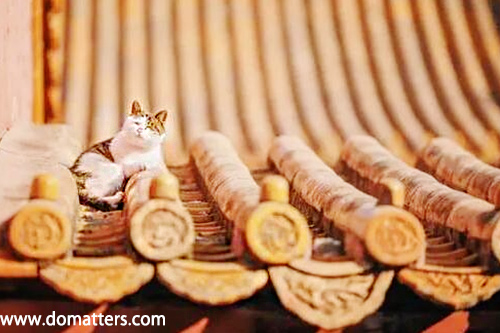
In the evening, they immediately entered the state of preparation for war, keeping an eye on the “rat generation” who fled in the Forbidden City, effectively preventing the rat from suffering. In addition, every cat here has its own name, such as aobai, Huahua, Qixi, Jiaojiao. It is said that these “Forbidden City cats” also have their own royal photographer . They live in the Forbidden City and wait for someone to feed them every day. With the popularity of the “Forbidden City cats”, they began to become one of the representatives of the image of the Forbidden City.
How did the cat in the Forbidden City become popular?
“The Palace Museum is nearly 600 years old,” said Lou Wei, vice president of the Palace Museum. We hope that the Palace Museum not only has the maturity, steadiness and wisdom of the elderly, but also has young creativity, even childlike innocence and interest. ” For more than 600 years’ history of the Imperial City, the cultural symbol of “the Forbidden City” has been held high and dignified, which is the impression of many people on the Forbidden City, but it has also opened up the distance with everyone, and it is difficult to contact with young people. It’s a big step for the Palace Museum to make people know it again in a younger way. And the “Forbidden City cat” IP is the strong link between the Forbidden City and young people.
The design team of the Forbidden City has designed a series of products of “the Forbidden City cat” based on the prototype of “the Forbidden City cat”, including the AR inside spy. The soft and lovely “personality” image is loved by everyone. There is a sharp contrast between the cute and stupid cats and the solemn Forbidden City. Now, walking on the ancient road with a history of one hundred years, walking between red bricks and green tiles to feed cats, has formed a trend among young people.
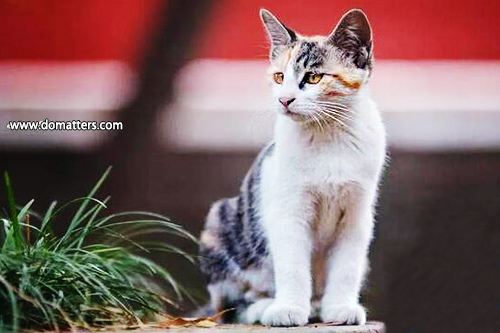
From documentaries, picture books, books to comics, the rich and colorful derivatives of “the Forbidden City cat” make the IP value of “the Forbidden City cat” further strengthened.
02
On February 17, 2019, at the annual meeting of Yabuli forum, Shan Jixiang, President of the Palace Museum, said about the finance of the palace museum that the Palace Museum is a unit of differential allocation, the state only gives 54% of the funds, and the rest is earned by himself. As the IP industry chain of the Forbidden City continues to expand, the cultural and creative income of the Forbidden City is also increasing. According to the public data, in 2013, the sales volume of cultural and creative products of the Forbidden City was 600 million yuan, which increased to nearly 1 billion yuan in 2016. In 2017, the sales volume of cultural and creative products of the Forbidden City has reached 1.5 billion yuan.
Among the cultural and creative products of the Forbidden City, the IP derivatives of “forbidden cat” are the backbone of the cultural and creative income of the Forbidden City. “Mini Palace Museum kitten accessories” series products are the peak of the cultural and creative industry of the Palace Museum. Now the Palace Museum flagship store has been surrounded by 6.49 million fans. The sales volume of the “mini Palace Museum kitten ornament” with the highest sales volume is more than 16000. Only kitten ornament can bring more than 2 million yuan of income to the Palace Museum in one month.
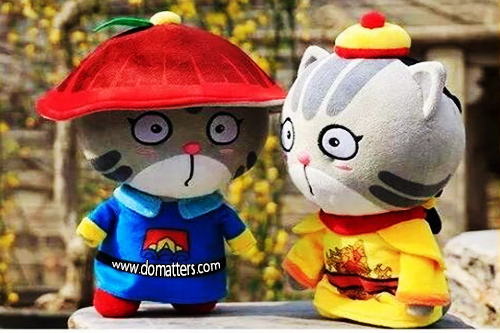
In addition, there are also “palace cat” IP derivatives such as the Palace Museum cat cup, the Palace Museum cat note, the Palace Museum cat wooden ornament, the Palace Museum cat family full moon night, the maopubaoxi mobile phone seat, the Qing Dynasty cat small ornament, the Palace Museum cat plush toys, the Royal cat three-dimensional refrigerator stickers and so on.
The reason why “the cat of the Forbidden City” can become the backbone of cultural and creative income of the Forbidden City has nothing to do with the “cat economy” that has sprung up in recent years. In 2016, China Youth Daily reported that the National Bureau of Statistics reported that the number of cats in China reached 58.1 million, second only to the United States and ranking second in the world. Behind the rise of the number of cats and the number of cats is the rapid rise of the “cat economy”. In the pet cat market, the market scale of pet cat food related fields is also the largest, about 22.3 billion yuan. There is an interesting phenomenon that in the “double 11” of 2019, cat food actually surpassed mother infant milk powder and became the most popular imported commodity.
When everyone is busy with the consumption degradation, cats, by their own efforts, promote the rapid development of the “cat economy” and support the scale of the 78 billion consumer market.
03
In fact, the term “cat economics” was first coined in Japan, which means that no matter what field is involved, as long as the cat is used well, it will definitely make profits.
In Tokyo, Japan, there is a shop called “shenbaoding cat hall”, which specializes in cat related books. In fact, this shop has been impacted by the Internet, and its business situation is very bad. Because we saw the market prospect of “cat economy” and successfully transformed it, which made the store turn from loss to profit. It also has a small reputation in Japan. The shop has a wide range of books about cats, and specially hired cats from nearby pet shops to settle in as the head of the Facebook homepage, making the business of the shop very prosperous.
“The humble kitten has become a bridge between Japanese culture and economy. The root of this is that cats can meet the emotional and spiritual needs of Japanese people, thus generating real market demand. ”
The rapid rise of “cat economy” is actually the result of various factors such as China’s population structure and marriage concept. In recent years, “empty nest youth” has become a group of people as concerned as “empty nest elderly”. The proportion of DINK families and late marriage families increased. More and more young people began to join the ranks of cat owners, willing to become “cat slaves”, and cats unconsciously became their spiritual sustenance.
According to the data of cat and dog network, 88.8% of the cat owners are women, and the main consumers are white-collar workers and students. “Single, 20-39-year-old, working in big cities” white-collar workers have become the main force of the cat economy. There are even many people who are in debt to raise cats. They believe that the emergence of cats has given a new meaning to life. Compared with people, happiness gained through cats is more pure.
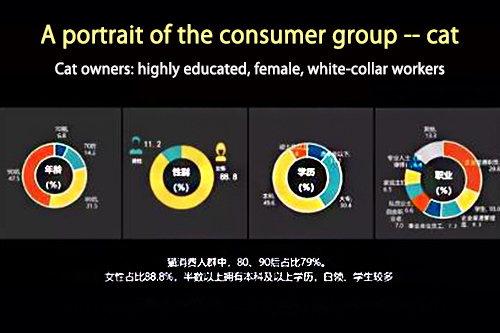
More and more people don’t just treat cats as pets for fun and companionship, but give them more emotional sustenance. Nowadays, with the increase of per capita disposable income, the “cat slaves” have gradually achieved economic independence and accelerated the development of the “cat economy”.







